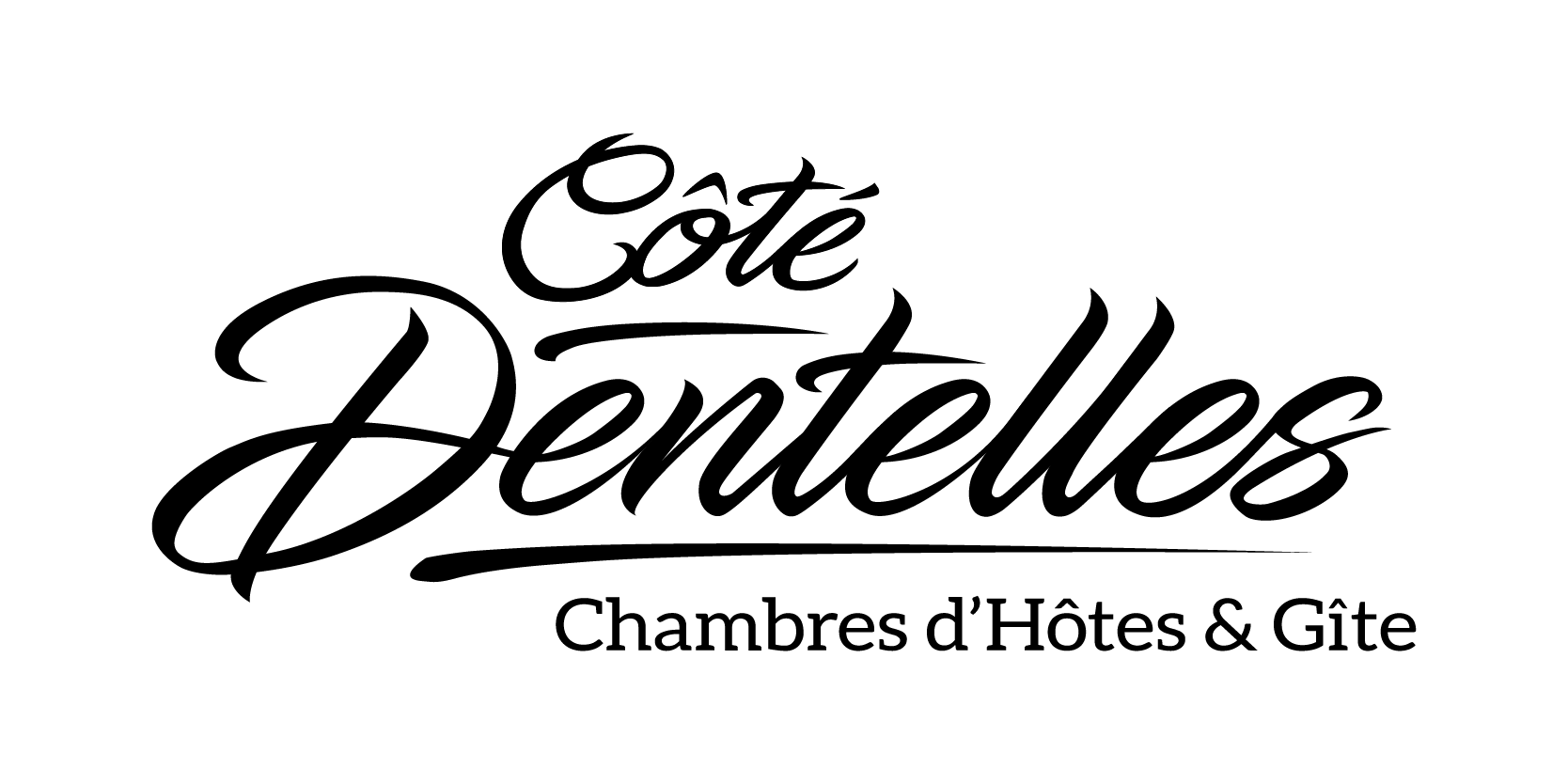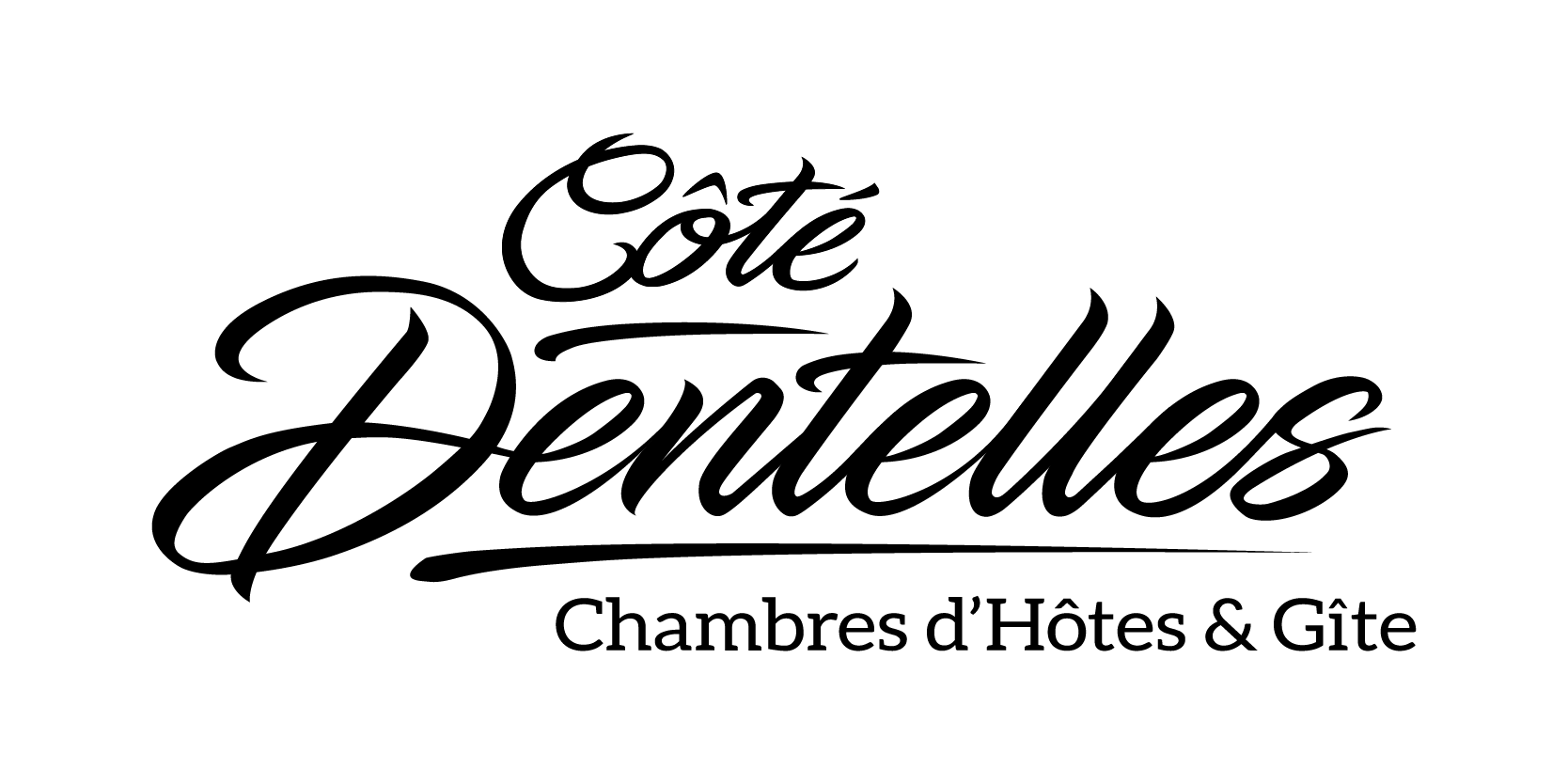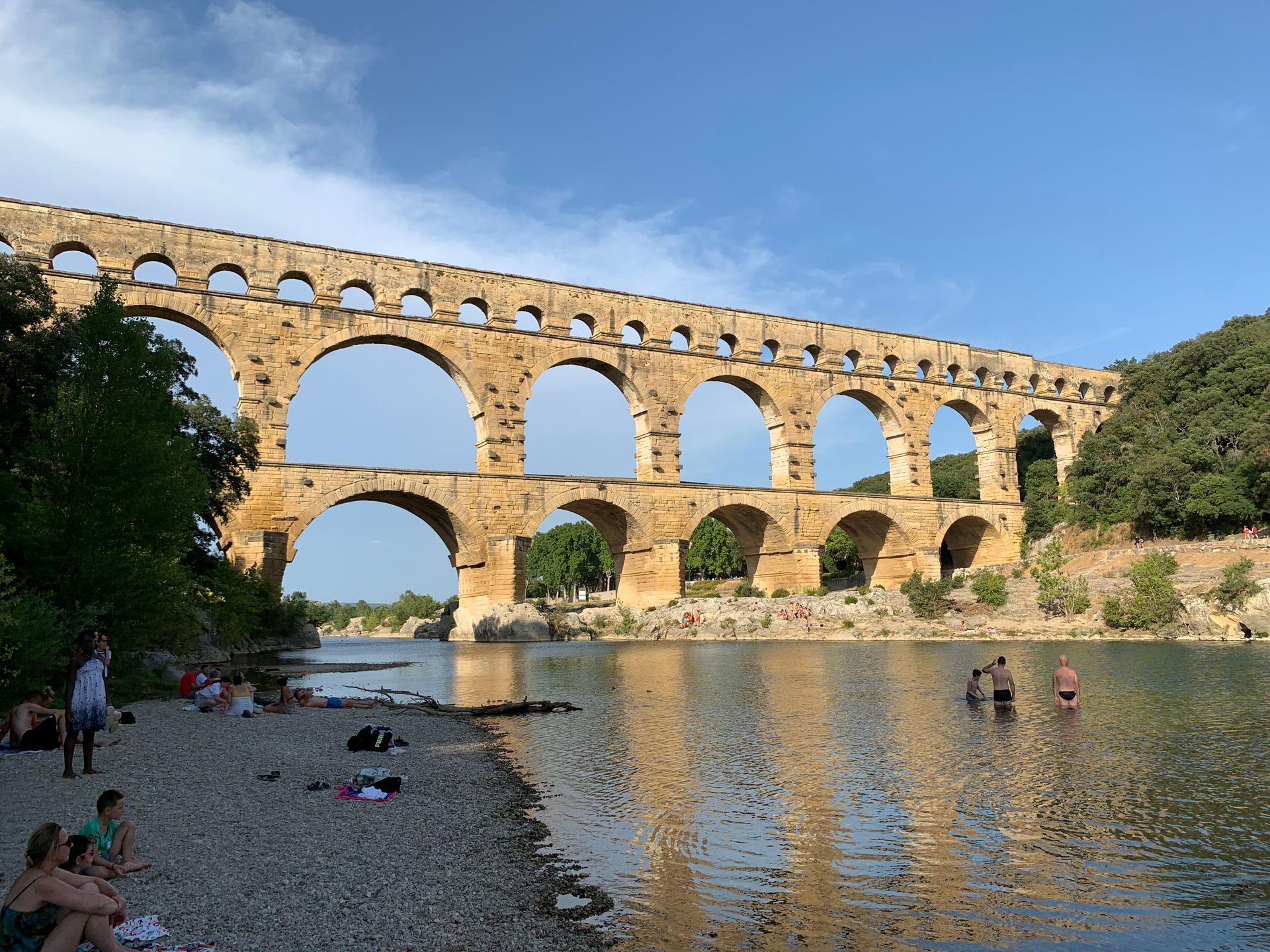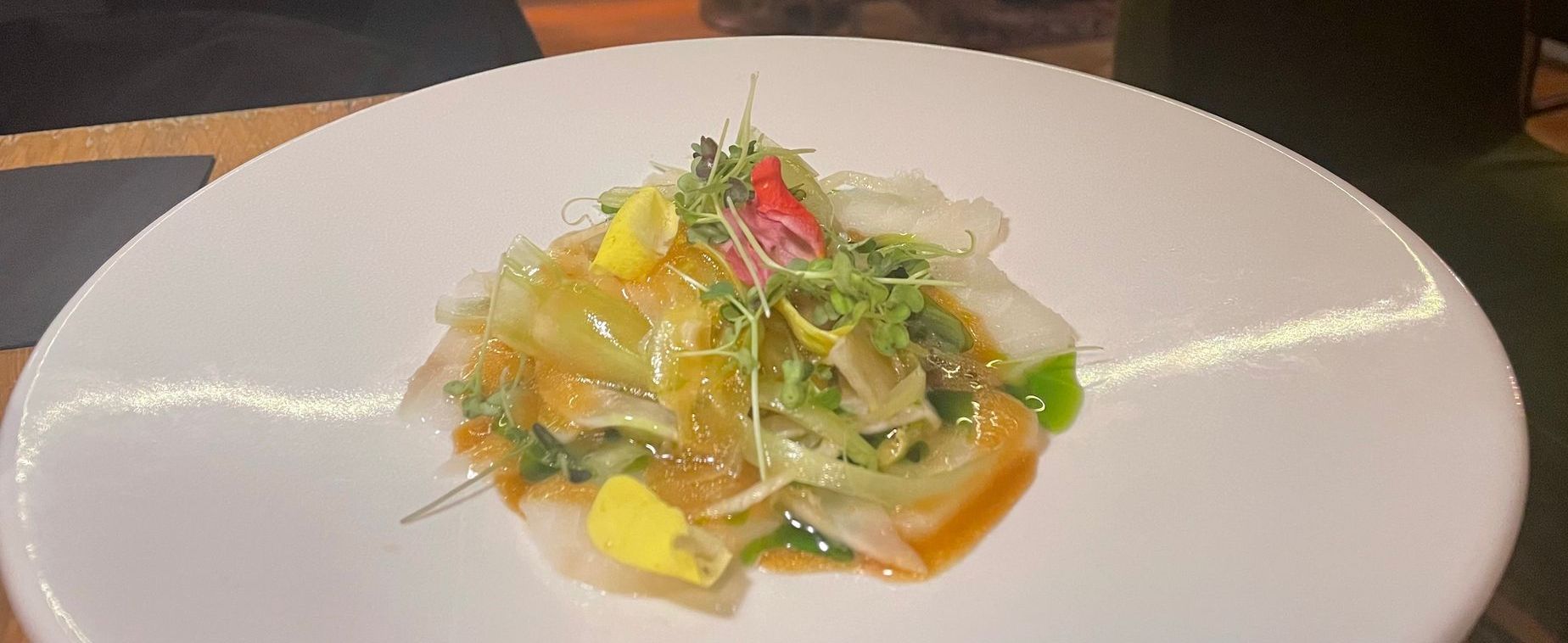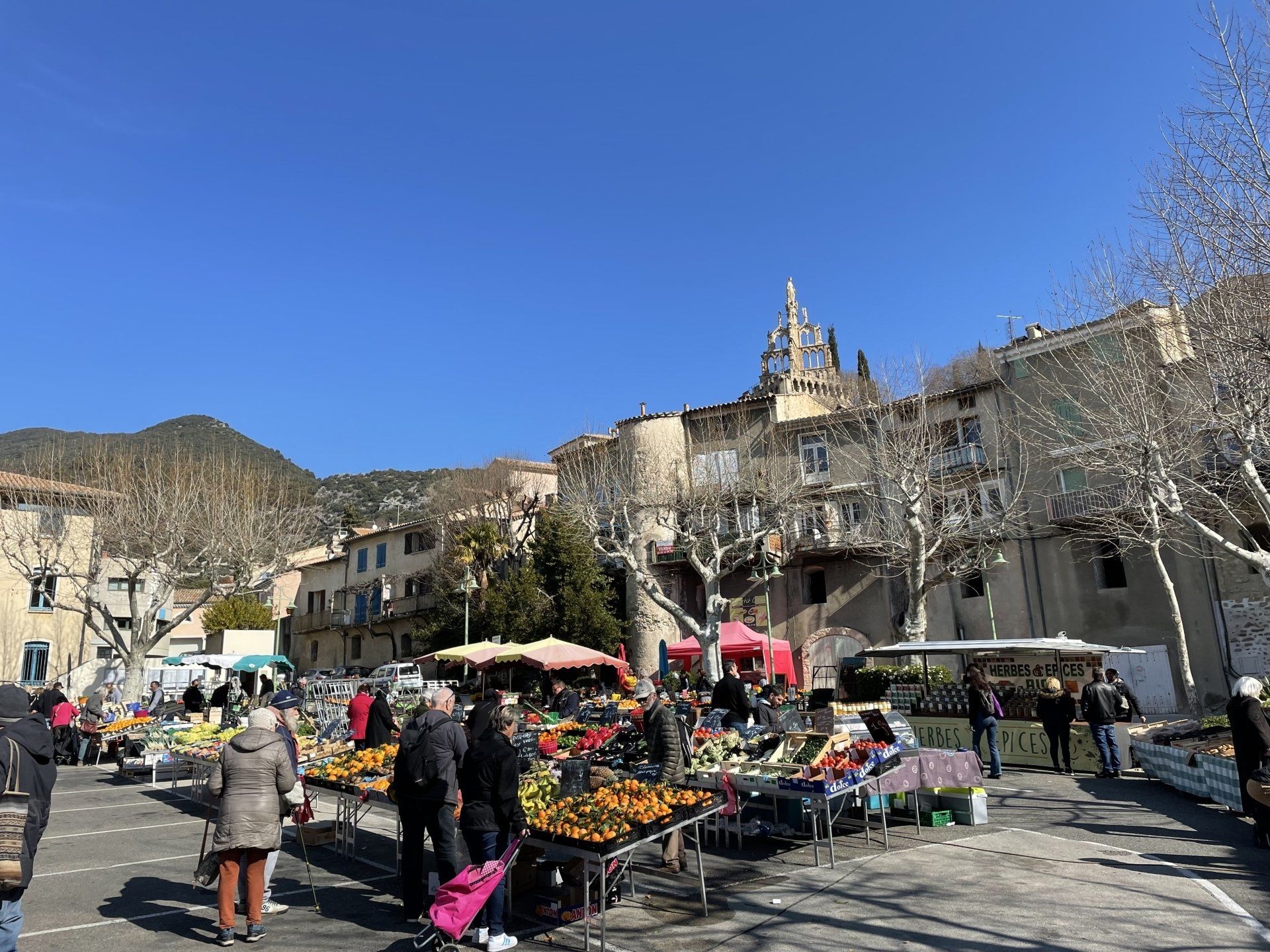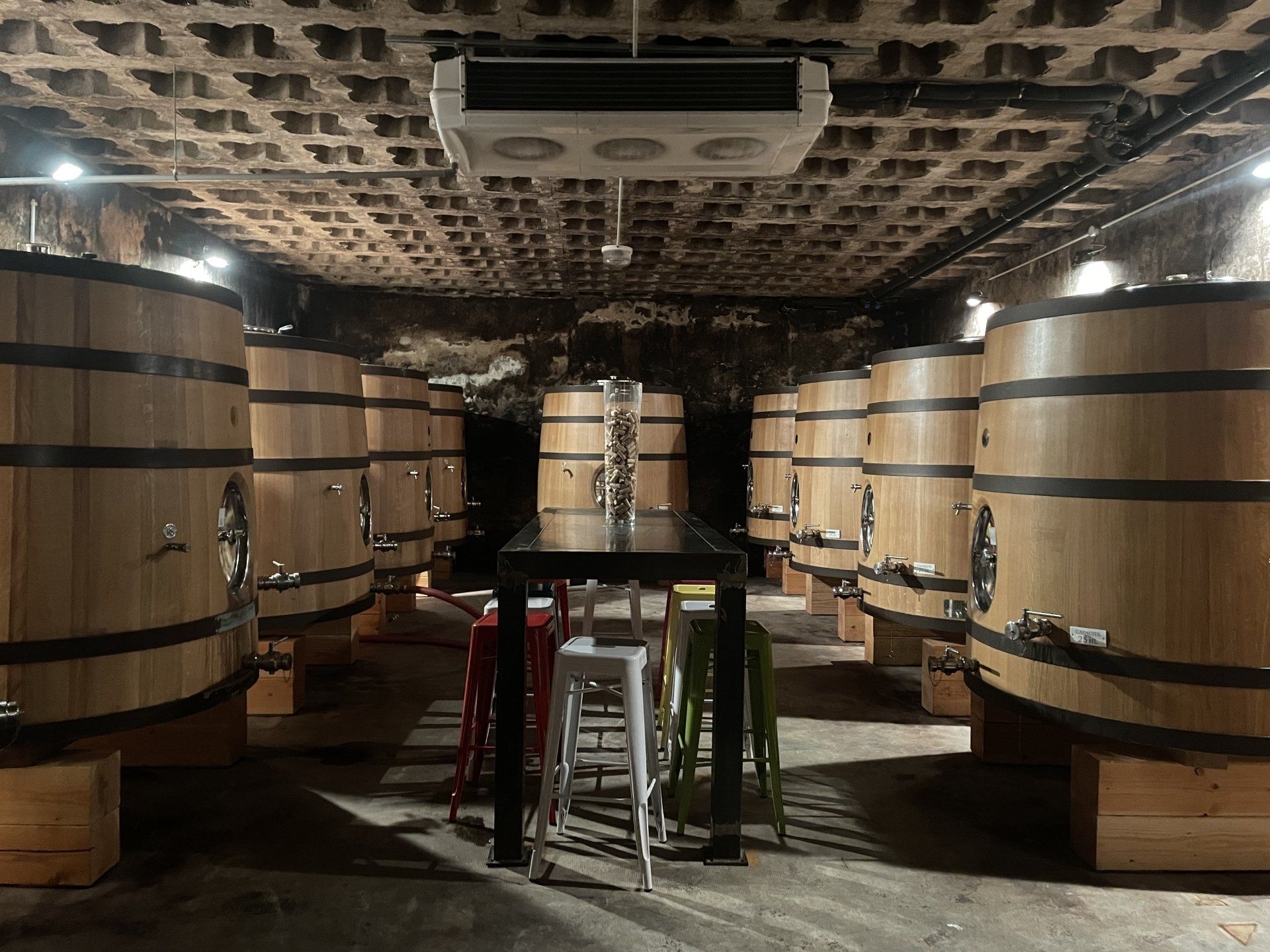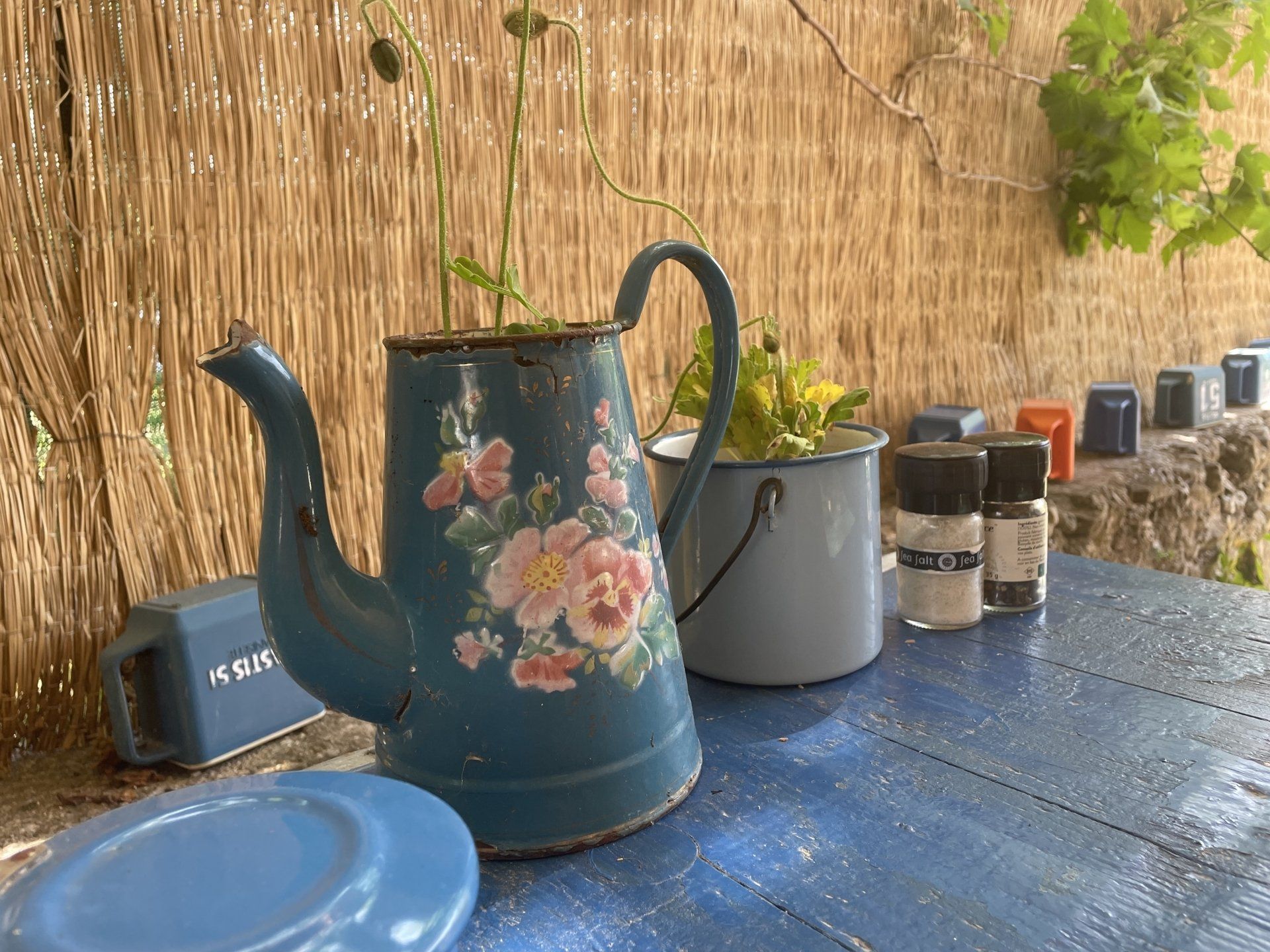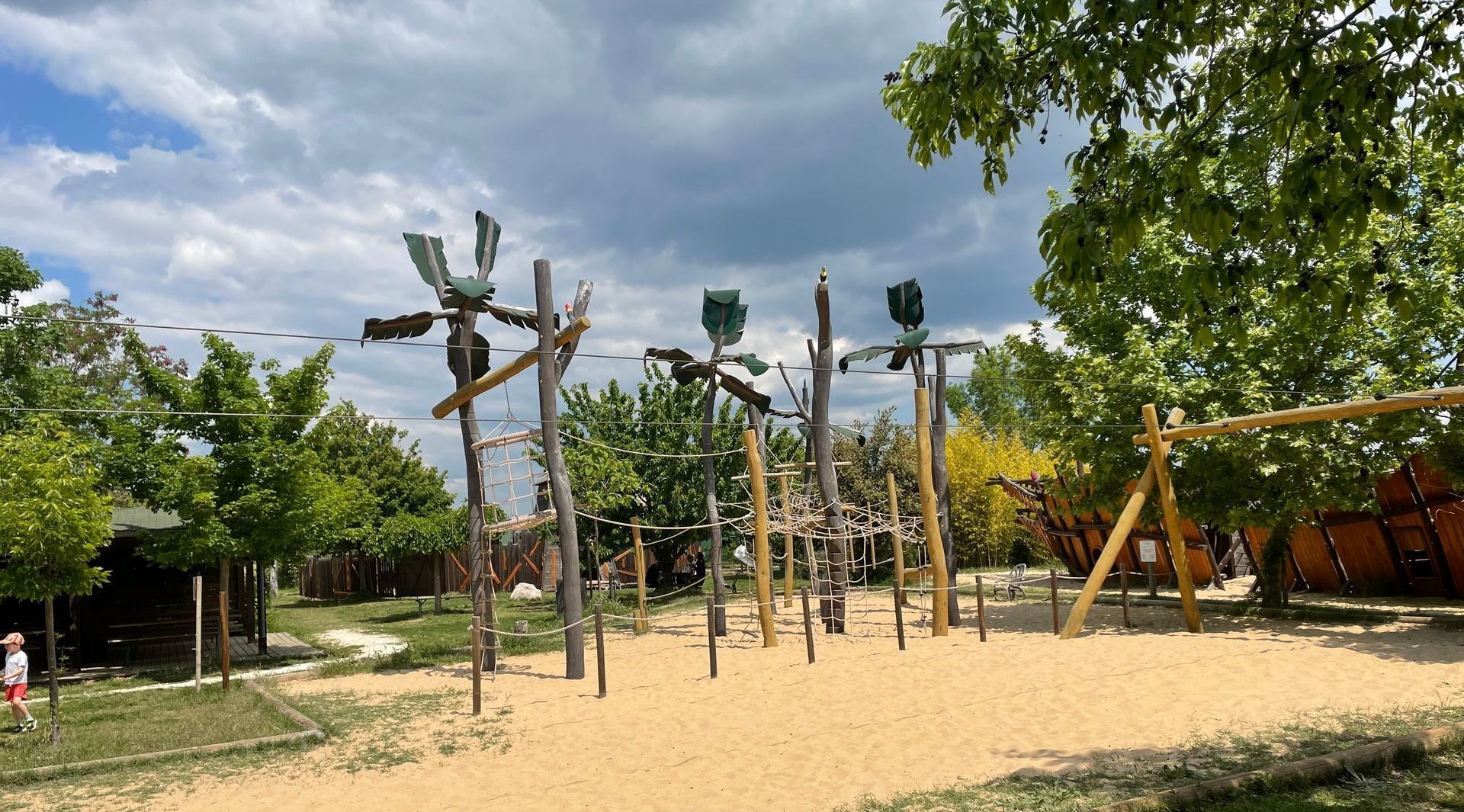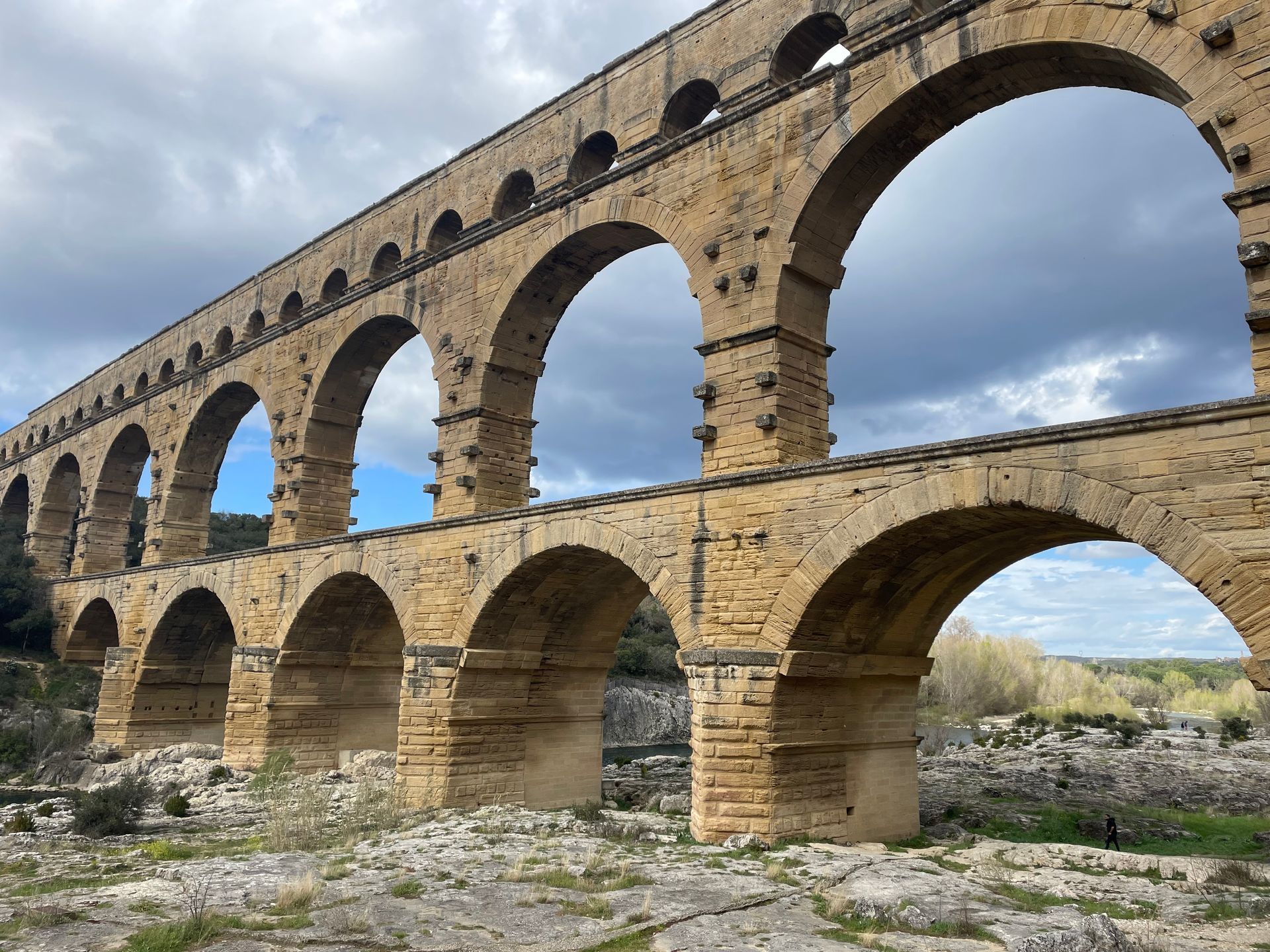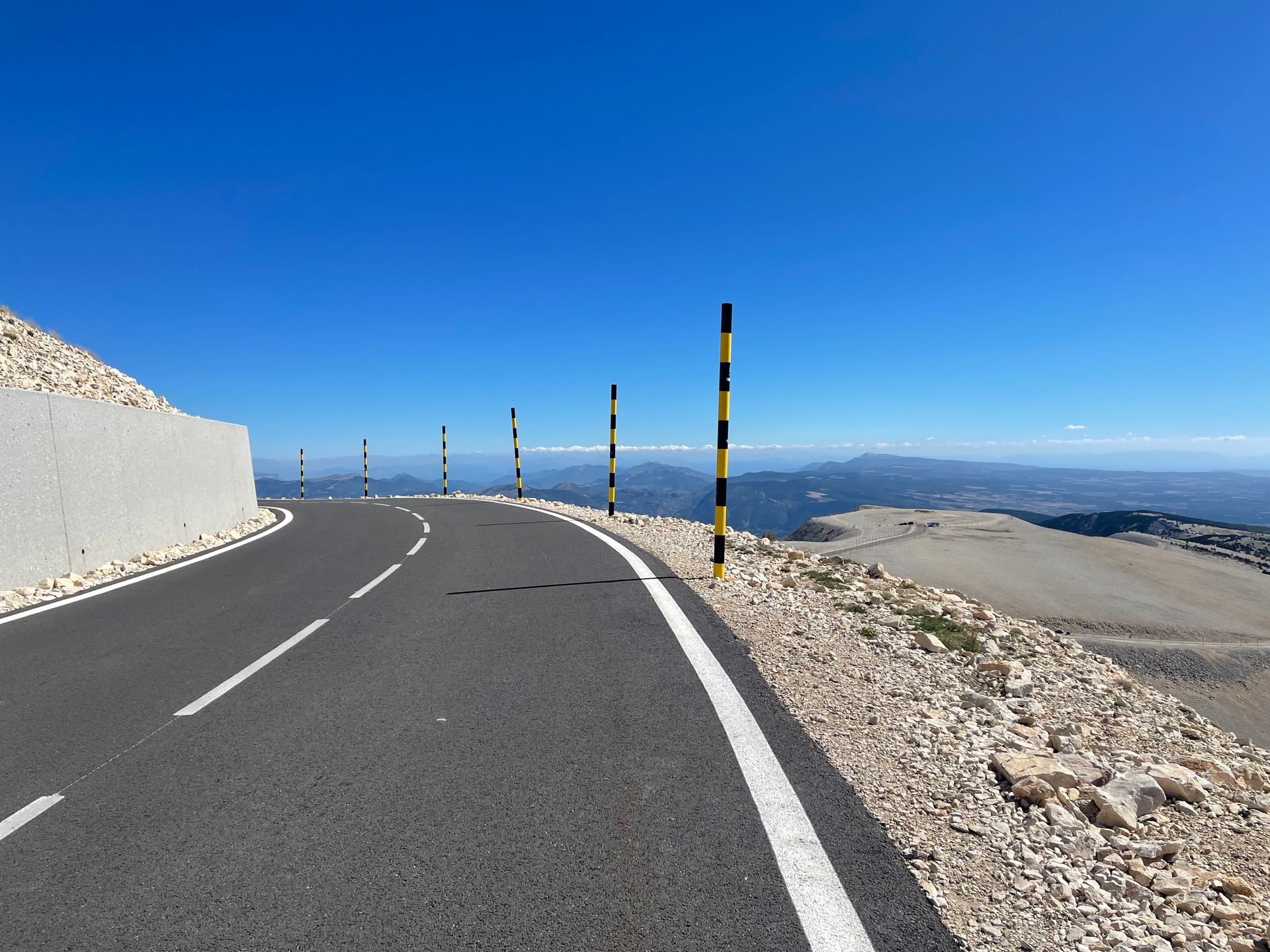Essensgepflogenheiten in Frankreich (für Nicht-Franzosen) / Eating habits in France (for non-French people)
Essen in Frankreich: Was du als Tourist wissen solltest - Food in France: What you should know as a tourist

Frankreich ist weltberühmt für seine kulinarische Kultur – und das nicht ohne Grund. Essen ist hier weit mehr als reine Nahrungsaufnahme. Es ist Genuss, Geselligkeit und ein fester Bestandteil des Tagesrhythmus. Wer als Tourist zum ersten Mal in Frankreich Urlaub macht, wird schnell merken: Hier läuft einiges anders als in Deutschland.
Damit du bestens vorbereitet bist, findest du hier die wichtigsten Tipps rund ums Essen in Frankreich – von Essenszeiten bis Trinkgeld.
Essenszeiten: Plane gut – sonst bleibt die Küche kalt
In Frankreich gibt es keine durchgehende Küche. Das bedeutet: Zwischen 14:00 und 19:30 Uhr bekommst du in der Regel kein warmes Essen, weder im Bistro noch im Fast-Food-Restaurant. Ausnahmen sind selten und beschränken sich meist nur auf warme Süßspeisen wie Crepes oder Waffeln am Nachmittag – also plane deine Mahlzeiten gut und richte sie nach den landestypischen Essenszeiten aus.
Typische Essenszeiten:
- Mittagessen: 12:00 – 14:00 Uhr
Die Restaurants öffnen Punkt 12 Uhr, die Küche schließt um 14 Uhr. Wer später eintrifft, wird leider nicht mehr bekocht. - Abendessen: ab 19:30 Uhr
Einige Lokale starten schon um 19:00 Uhr, aber wer um 18:00 Uhr essen will, steht meist vor verschlossenen Türen.
Platz nehmen
In Frankreich ist es üblich, aus Höflichkeit nicht einfach selbst einen freien Tisch zu wählen. Stattdessen wartet man am Eingang, bis eine Servicekraft einem einen Platz zuweist – das gehört zum guten Ton und zeigt Respekt gegenüber dem Servicepersonal.
In Bistros wird man direkt gefragt, ob man etwas essen möchte oder nur trinken, denn nur wer essen möchte, darf sich an einen eingedeckten Tisch setzen. In diesem Fall wird erwartet, dass jeder Erwachsene mindestens ein Hauptgericht bestellt - sich Gerichte zu teilen, wird in Frankreich gar nicht gerne gesehen.
Fast-Food auf Französisch – nicht ganz so „fast“
„Fast-Food“ ist in Frankreich nicht mit dem deutschen Verständnis vergleichbar – zumindest außerhalb der Großstädte.
- Die schnelle Pizza oder der Kebab für zwischendurch ist oft nur abends erhältlich und auch hier geht es nicht gerade flott. Viele Imbisse öffnen zwar schon um 18:00 Uhr, nehmen aber erstmal nur telefonische Bestellungen entgegen, die dann erst ab 19:00 Uhr langsam abgearbeitet werden und abgeholt werden können. Auch hier bleibt die Küche also meist bis 19:00 Uhr kalt.
- McDonald's und Burger King funktionieren natürlich wie überall auf der Welt – aber wer will das schon, wenn man in Frankreich ist?
Menü oder à la carte?
In Frankreich isst man mehrgängige Menüs. Das ist nicht nur Tradition, sondern oft auch günstiger:
- Ein klassisches Menü besteht aus zwei bis vier Gängen (z. B. Vorspeise + Hauptgang oder Hauptgang + Dessert – oft auch Käse dazwischen).
- Die „carte“ ist die Speisekarte für Einzelbestellungen – à la carte. Das Menü bietet aber fast immer ein besseres Preis-Leistungs-Verhältnis.
- Tagesgerichte („plat du jour“) in Bistros sind meist preiswert und lecker – unbedingt ausprobieren!
Trinkwasser – aber bitte aus der Karaffe
Leitungswasser ist in Frankreich kostenlos, wird aber nicht automatisch serviert.
- Frag einfach freundlich nach: „Une carafe d’eau, s’il vous plaît.“
- Wer „Wasser“ bestellt, bekommt fast immer teures Flaschenwasser – also besser konkret sein.
Bezahlen: An der Theke statt am Tisch
In den meisten Restaurants hat sich das Bezahlen an der Theke eingebürgert:
- Keine Rechnung am Tisch: Einfach nach dem Essen aufstehen und an der Theke bezahlen.
- Du kannst fast immer mit Karte oder bar zahlen.
- Servicegebühren sind inklusive, aber ein angemessenes Trinkgeld in Bar zu hinterlassen ist üblich und wird gern gesehen.
Noch ein paar gute Tipps
- Brot (meist Baguette) ist kostenlos und wird fast immer serviert. Es kann auch jederzeit nachbestellt werden.
- Vegetarische Varianten sind auf Nachfrage immer möglich. Der Trend zur veganen Küche ist allerdings zumindest in ländlicheren Gebieten Frankreichs noch nicht angekommen.
- Zeit lassen: Ein Essen dauert gerne mal 2,5 bis 3 Stunden – ganz ohne Hektik.
- Getrennt zahlen ist eher unüblich. Falls gewünscht, am besten vor dem Bestellen freundlich anmerken.
- Kaffee nach dem Essen? Ein Espresso – „un café“ – ist Standard, alternativ kann man auch "un allongé" (oder "americano") oder "un petit noissette" (Espresso mit Milchschaum) bestellen. Cappuccino oder Milchkaffee nach dem Essen gilt als untypisch.
- Öffnungstage: Jedes Restaurant hat 1-3 Ruhetage pro Woche, meistens ist einer davon der Sonntagabend und/oder der Montag. Google gibt fast immer eine sichere Auskunft darüber, ob und wann ein Restaurant geöffnet hat. Sicherheithalber aber lieber vorher anrufen.
- Enttäuschung vorbeugen: In Frankreich isst man nicht überall gut! Wenn man vom Essen nicht enttäuscht werden möchte, sollte man ausschließlich in Restaurants mit einer google-Bewertung von mind. 4,5 Sternen gehen. Oder einfach in eine unserer Empfehlungen.
- Gute Adressen sind häufig ausgebucht, daher sollte man insbesondere in der Hauptsaison vorher reservieren, um nicht abgewiesen zu werden.
- Selbst mitgebrachtes Essen: In Bars, die selbst keine Speisen anbieten, darf man auf Nachfrage häufig sein mitgebrachtes Essen verzehren. Das ist insbesonderen an Markttagen bei den Einheimischen sehr üblich: Sie sitzen bei einem Gläschen Rosé oder Bier in der Bar und holen sich Käseplatten, Flammkuchen, Pizza etc. am Marktstand.
* * *
France is world-famous for its culinary culture – and for good reason. Food here is much more than just nourishment. It’s about pleasure, socializing, and is a firmly rooted part of the daily rhythm. Tourists visiting France for the first time will quickly notice: things work quite differently here than in Germany.
To help you prepare, here are the most important tips about eating in France – from meal times to tipping.
Meal Times: Plan Ahead – or You Might Miss Out
In France, continuous kitchen service is rare. This means that between 2:00 PM and 7:30 PM, you generally won’t be able to get a hot meal – not in a bistro, and not even in a fast-food restaurant. Exceptions are rare and usually limited to warm sweet treats like crêpes or waffles in the afternoon. So be sure to plan your meals accordingly and stick to the typical local dining times.
Typical Meal Times:
- Lunch: 12:00 PM – 2:00 PM
Restaurants open right at 12 noon, and the kitchen closes at 2 PM. If you arrive later, unfortunately, you won’t be served a meal. - Dinner: from 7:30 PM
Some places start as early as 7:00 PM, but if you’re looking to eat at 6:00 PM, you’ll usually find the doors still closed.
Taking a Seat
In France, it’s customary not to choose a free table on your own out of politeness. Instead, you wait at the entrance until a staff member shows you to a table – this is considered good manners and shows respect for the service staff.
In bistros, you’ll usually be asked whether you want to eat or just have a drink. Only those who intend to eat are allowed to sit at a fully set table. In this case, it’s expected that every adult orders at least one main course – sharing dishes is generally frowned upon in France.
Fast Food in France – Not Quite So “Fast”
“Fast food” in France isn’t quite what many other Europeans might expect – at least outside of the big cities.
- A quick pizza or kebab in between meals is often only available in the evenings, and even then, service isn’t exactly fast. Many takeaway places open as early as 6:00 PM, but initially only take phone orders, which they begin preparing around 7:00 PM for pickup. So here, too, the kitchen usually stays cold until 7:00 PM.
- McDonald’s and Burger King operate just like they do anywhere else in the world – but let’s be honest, who wants that when you’re in France?
Menu or à la carte?
In France, people typically eat multi-course meals. This isn’t just tradition – it’s often more affordable, too:
- A classic menu includes two to four courses (e.g., starter + main course or main course + dessert – often with cheese in between).
- The "carte" refers to the menu for individual orders – à la carte. However, set menus almost always offer better value for money.
- Daily specials ("plat du jour") in bistros are usually inexpensive and delicious – definitely worth trying!
Drinking Water – But Make It a Carafe
Tap water is free in France, but it’s not served automatically.
- Just politely ask: “Une carafe d’eau, s’il vous plaît.”
- If you simply ask for “water,” you’ll almost always be given expensive bottled water – so it’s best to be specific.
Paying: At the Counter, not the table
In most restaurants in France, it’s common to pay at the counter:
- No bill at the table: After your meal, just get up and pay at the counter.
- You can usually pay by card or cash.
- Service charges are included, but leaving an appropriate tip in cash is customary and appreciated.
A Few More Helpful Tips
- Bread (usually baguette) is free and almost always served. You can always ask for more if needed.
- Vegetarian options are usually available upon request. However, the vegan trend hasn’t quite reached many of the more rural areas of France.
- Take your time: Meals often last 2.5 to 3 hours – and no one’s in a rush.
- Splitting the bill is uncommon. If you'd like to, it’s best to mention it politely before ordering.
- Coffee after a meal? A shot of espresso – "un café" – is the norm. Alternatively, you can order "un allongé" (similar to an Americano) or "un petit noisette" (an espresso with a bit of milk foam). Cappuccino or café au lait after a meal is considered unusual.
- Opening days: Every restaurant has 1 to 3 days off per week, often including Sunday evening and/or Monday. Google usually provides reliable information on whether a place is open. To be safe, it’s best to call ahead.
- Prevent disappointment: You don’t automatically eat well everywhere in France! To avoid disappointment, stick to restaurants with at least a 4.5-star rating on Google – or simply follow one of our recommendations.
- Good addresses are often fully booked, so you should book in advance, especially in the high season, to avoid being turned away.
- Bring your own food: In bars that do not serve food themselves, you can often bring your own food if you ask. This is particularly common among locals on market days: they sit in the bar with a glass of rosé or beer and pick up cheese platters, tarte flambée, pizza etc. from the market stall.




